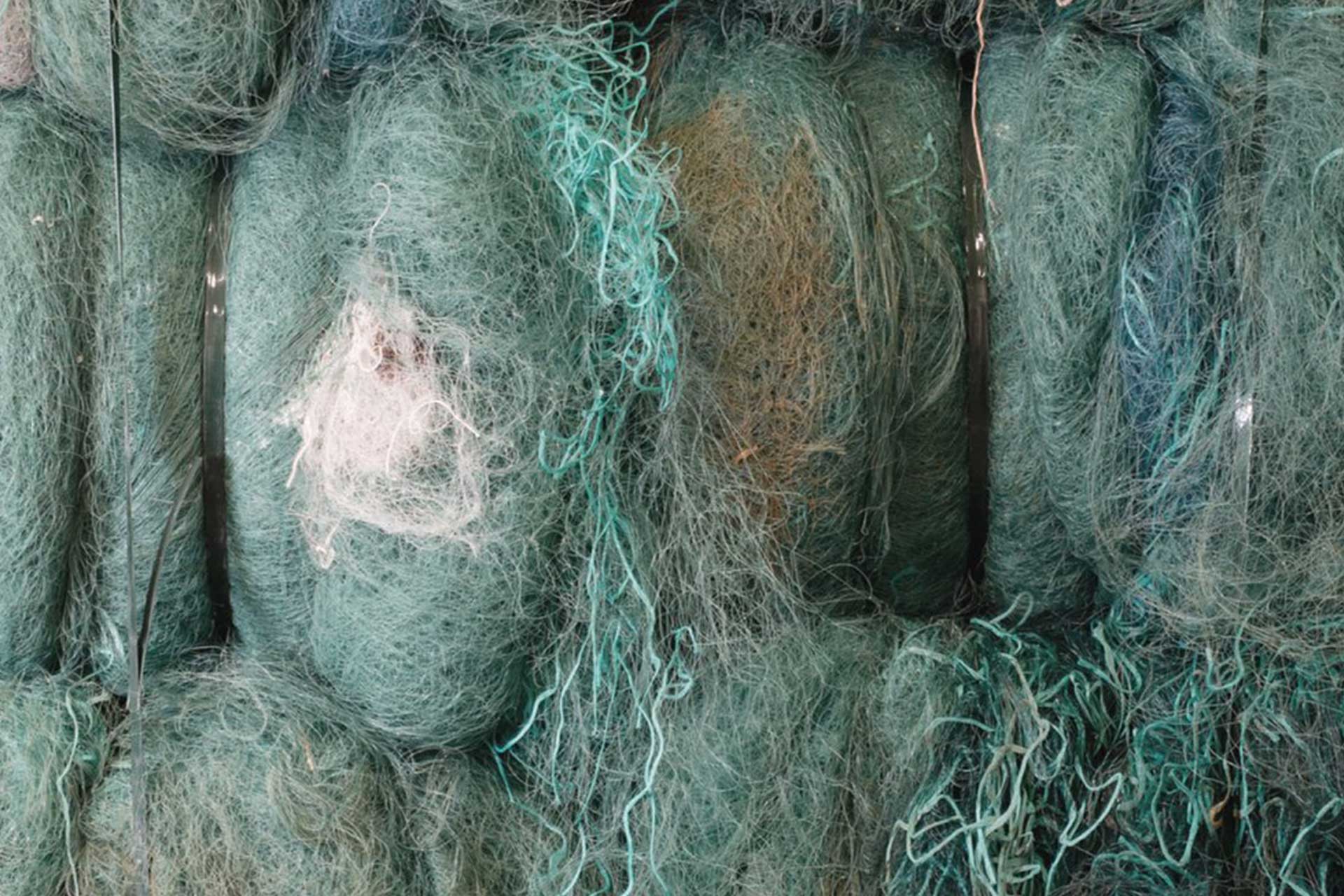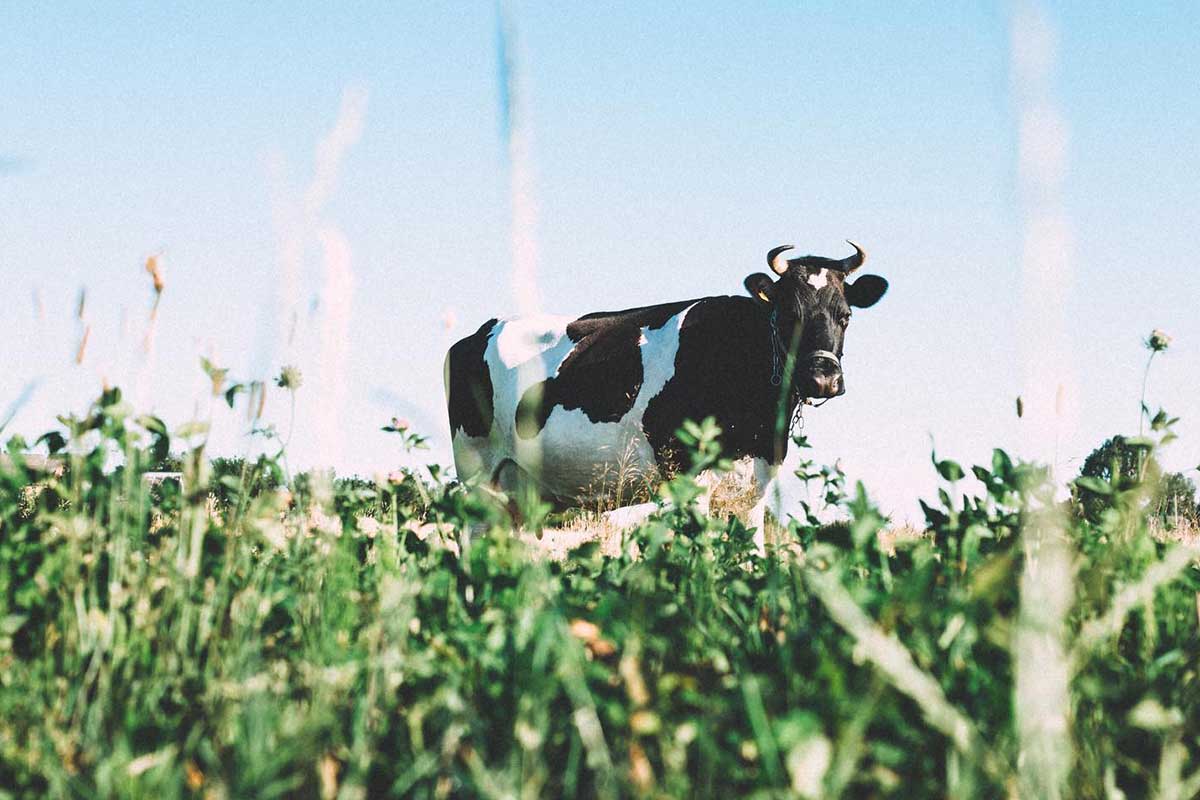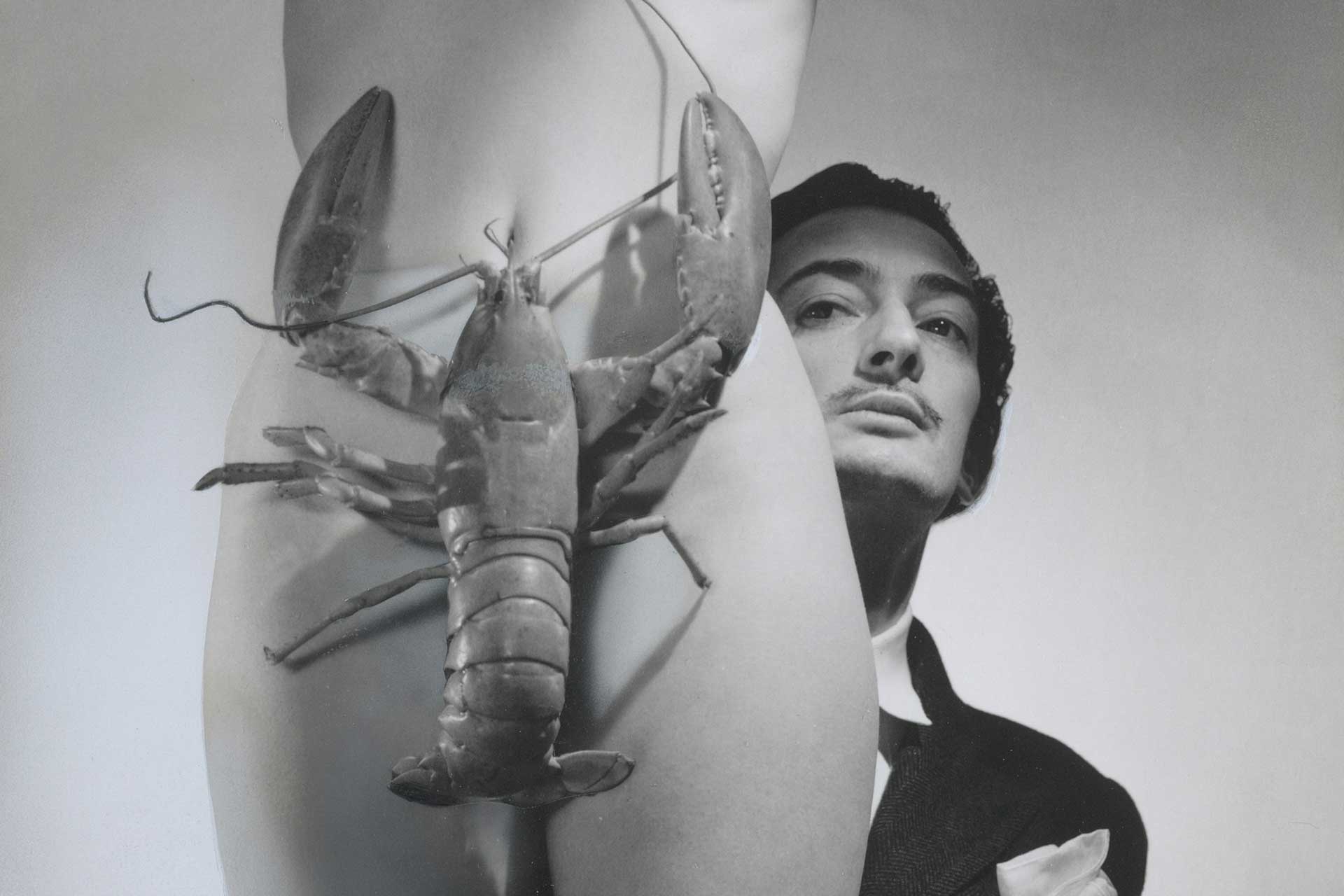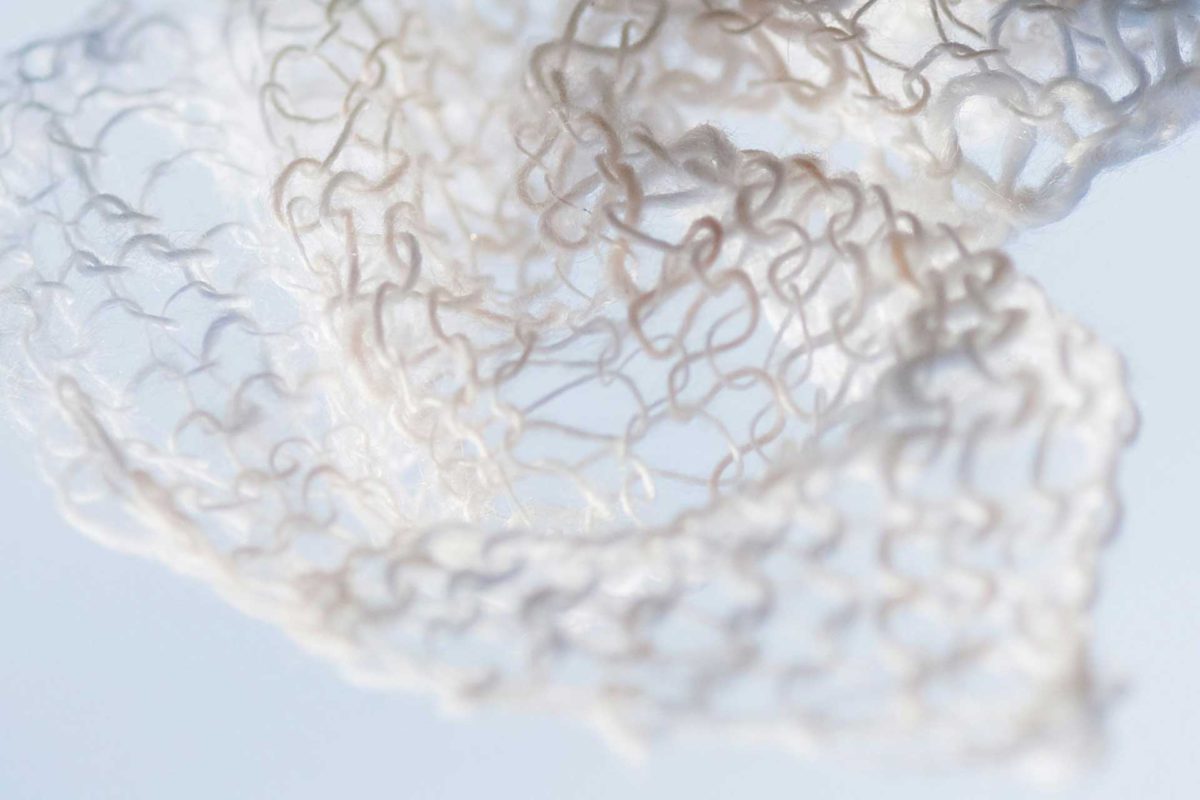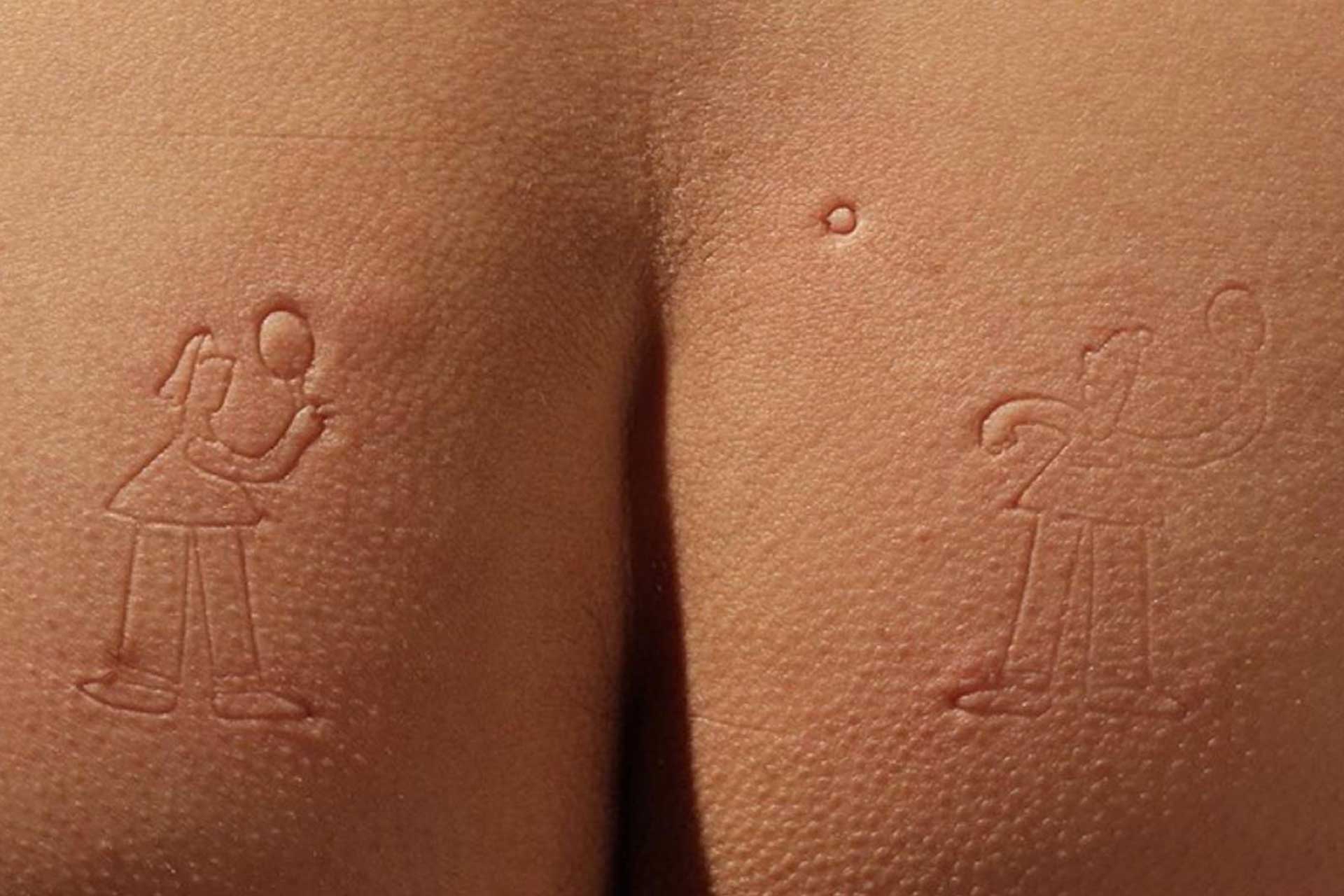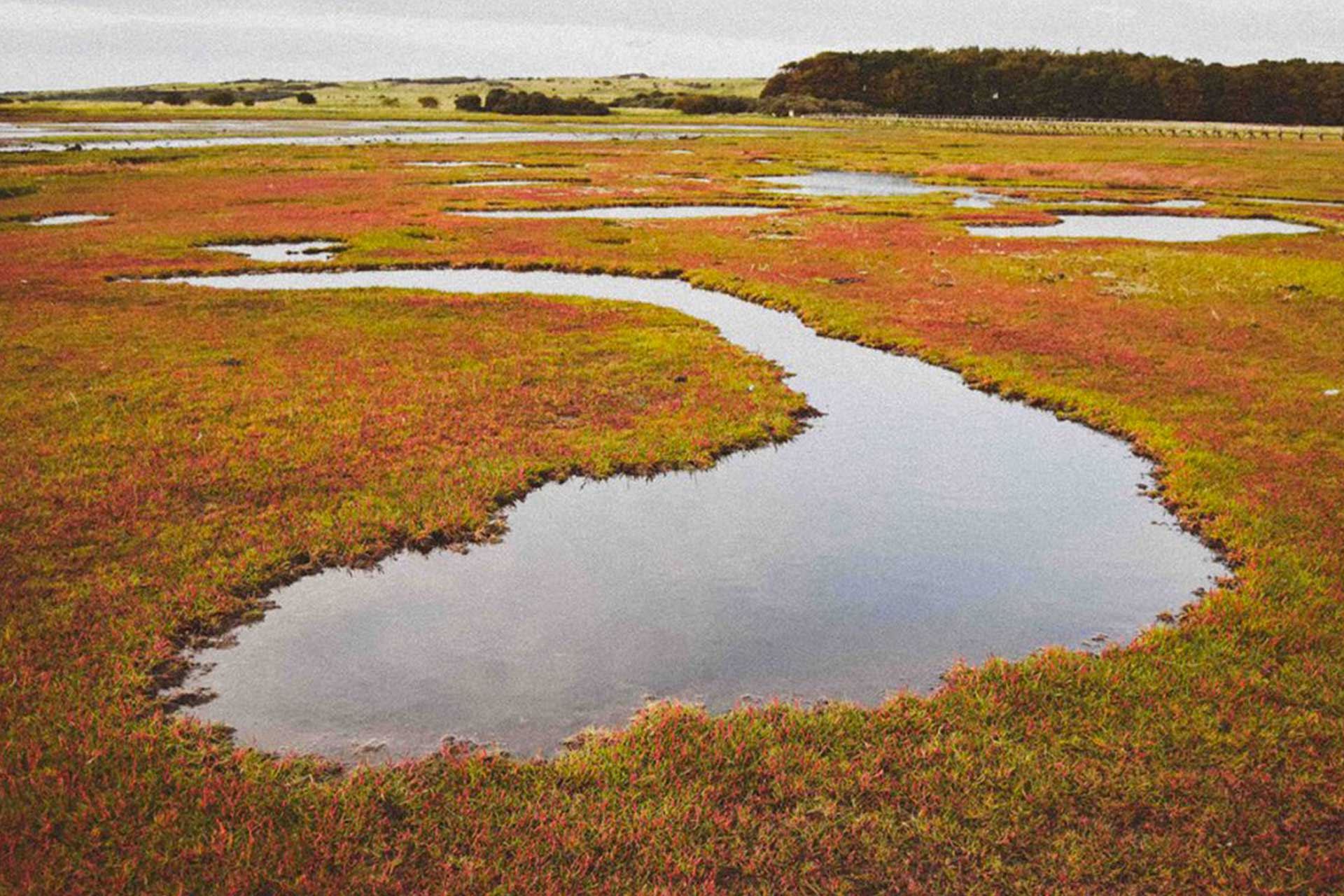Alice Harrison
Knowing the supply chain from yarn to fabric is possible through a software that provides end-to-end product transparency. In conversation with Alexandre Sundberg, CEO and co-founder of True Tribe
Whilst milk is a natural product, when thrown away, it has the potential to damage the environment as «into a water stream, there is potential that it can sit there and block out the oxygen»
Patience, Innovation, and Nature – from exclusivity to mass appeal. Full Grown’s vision for the Future is about connections with the Natural World through furniture
Crabyon cannot be produced at a large scale. However the large quantities of waste available mean that in the future, it could be a new alternative to viscose
«If cotton or other cellulosic fibers can satisfy the 100 million tons of demand, there’s no reason why we can’t use a regenerated natural fiber from beginning to end»
The Swedish brand has been exploring scientific and technological innovation to create fabrics from cellulose, viscose, among others, all in an effort to minimize their environmental footprint
«From the taiga in Siberia over the primary forests of Romania to the primeval forest in Peru: around the world, billions of dollars are made from illegal logging»
When we can no longer rely on the availability of freshwater for survival, can we turn to the seas for their help?
The process involves saline farming – plants will be harvested to extract fibers which will be turned into textile products, using pre-existing production methods.
The forest whose tree rings are chapters in a book. How understanding the human traits in nature can help save the environment

